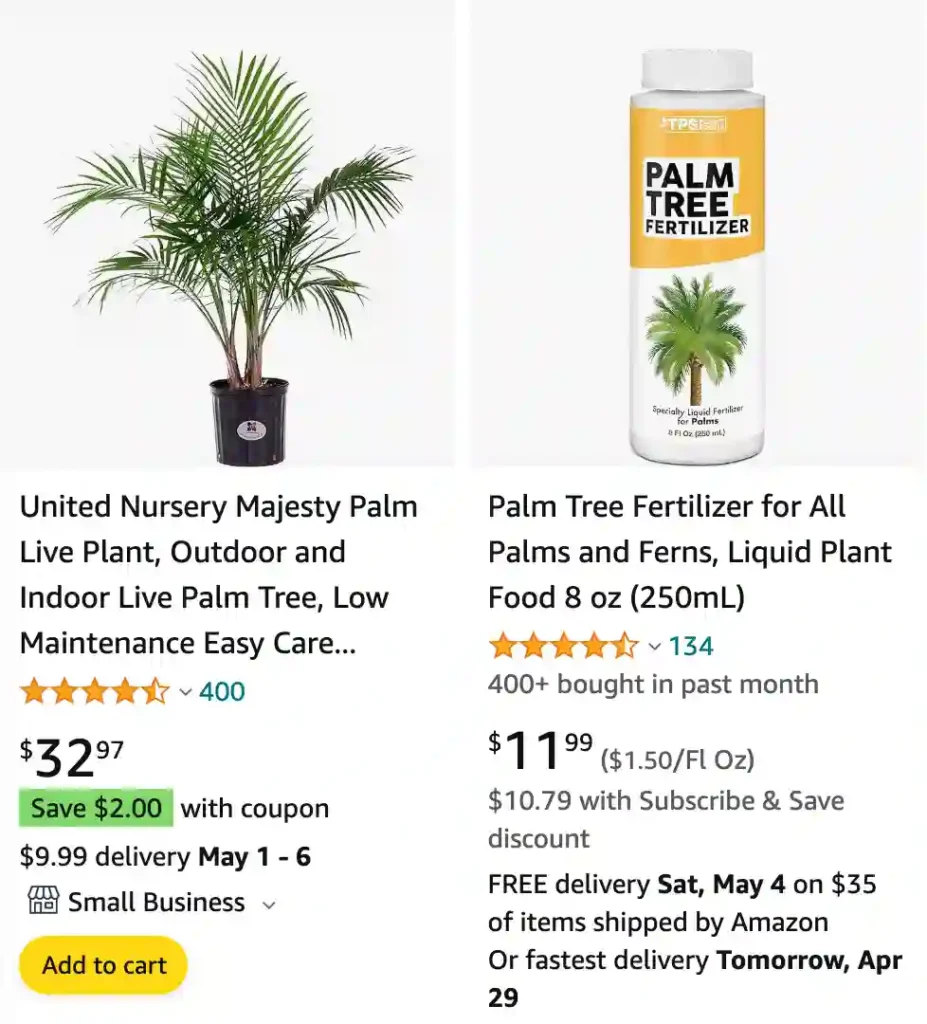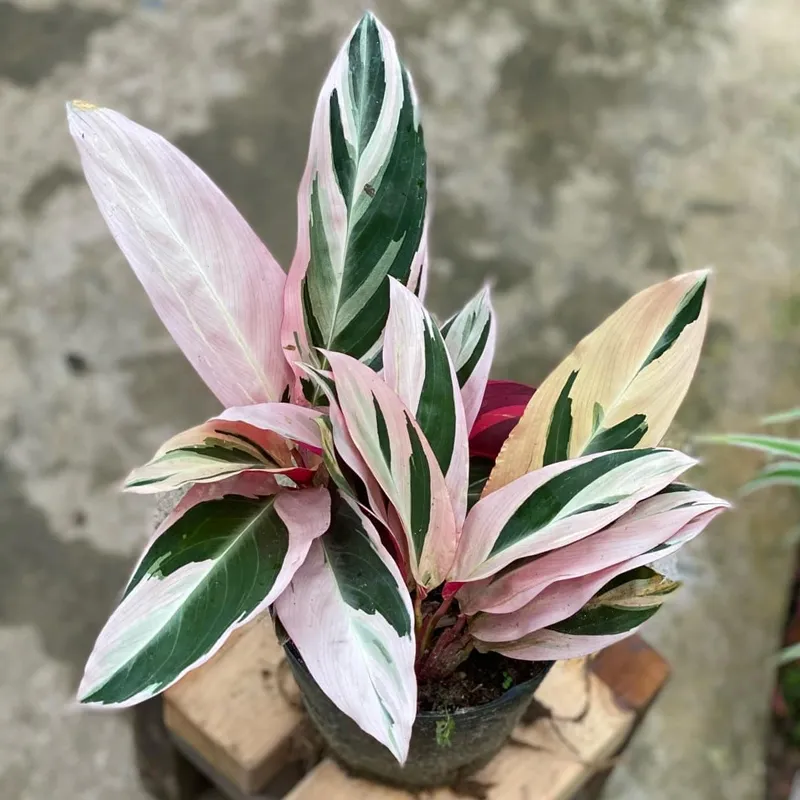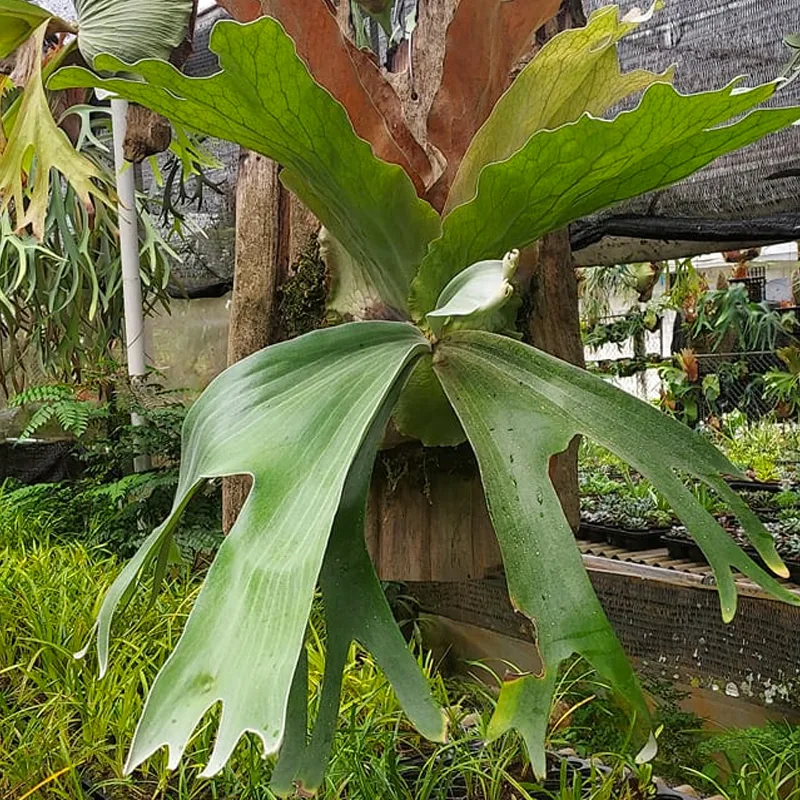
Ravenea rivularis: A Tale of Majesty and Elegance
When I think of Ravenea Rivularis, or the Majesty Palm belong to the Arecaceae family, I am reminded of a living sculpture—a piece of art that graces my home and garden with its elegance. Caring for this palm has been a journey, one that has taught me patience and the beauty of tropical serenity.
Plant Family: 184 Genera in Arecaceae
Discovering the Majesty Palm
I first encountered Ravenea Rivularis in a nursery, its towering fronds immediately catching my eye. Originating from Madagascar, this palm brings an exotic flair to any space. Its slender trunk and feathery green fronds evoke the essence of tropical rainforests. For me, it was love at first sight, and I knew it would be a perfect addition to my plant collection.
Are majesty palms toxic to cats?
Absolutely not! Majesty palms are considered non-toxic to cats. I actually have a big one in my living room and my two cats, Luna and Max, have never shown any signs of illness from the occasional nibble. Of course, I wouldn’t encourage them to eat the leaves as a snack, but I don’t have to hide the plant or worry about keeping them completely away, which gives me peace of mind. I even think Luna likes to brush up against the fronds sometimes – the texture must feel interesting to her.
How to care for a majesty palm?
I must admit, caring for my majesty palm can be a bit finicky, but the lush greenery in my living room makes it all worthwhile. I’ve learned that they thrive with lots of bright, indirect light – mine sits right beside a large east-facing window. Watering has been tricky. These palms love a good soak but hate soggy roots. I poke my finger about an inch deep into the soil – if it feels dry, it’s watering time! Since they’re tropical plants, humidity is also key. My majesty palm seems happiest during the summer when it’s more humid naturally, but in winter I run a humidifier nearby to keep the leaves from getting crispy.
How often to water majesty palm?
Figuring out a watering schedule for my majesty palm took some trial and error. These plants aren’t fans of drying out completely, but they don’t like being constantly waterlogged either. I’ve found the best method is the “finger test” – sticking my finger into the soil about an inch deep. If it feels dry at that level, it’s time to give my palm a thorough drink. Depending on the season and the humidity in my apartment, this usually works out to watering about once a week, sometimes stretching to every 10 days in winter when things get drier.
Are majesty palms toxic to dogs?
Thankfully, majesty palms aren’t toxic to dogs. My dog, Buddy, is pretty curious and likes to investigate everything in the house, including my plants. It’s a relief to know that my big, beautiful majesty palm poses no risk to him. I still try to keep him from chewing on the leaves too much, just because I don’t want the plant damaged, but I don’t have to stress out about it making him sick.
Why is my majesty palm turning brown?
Oh no, brown leaves on my majesty palm! That’s never a good sign. There are a few culprits that could be causing it. It could be underwatering. Sometimes I forget about watering for a bit too long, especially in the winter, and the tips of the fronds will start to turn brown and crispy. Also, dry air can be a problem. During winter, when the heater is always on, I’ve noticed the browning gets worse if I haven’t been running the humidifier. Maybe I should check the soil moisture and mist the leaves a bit more – that usually helps my palm perk back up.
How big do majesty palms get?
My majesty palm brings a nice tropical feel to my apartment, but I’m glad I realized early on how big these plants can actually get! I’ve seen pictures of them in the wild, reaching incredible heights! I knew mine wasn’t going to stay small forever, but some quick research about their potential size made me glad I didn’t put it in a tiny pot. Luckily, I have a good amount of space for it to spread out. I’m hoping it’ll grow into that corner nicely and bring a vibrant splash of green to the room.
Why is my majesty palm turning yellow?
There are a couple of reasons why my majesty palm might be turning yellow, and it depends on how the yellowing is showing itself. If the whole leaf is turning a uniform yellow, it could be getting too much water. I know sometimes I get overzealous with the watering can, and the poor thing gets a bit swampy. When that happens, the roots can’t breathe well and the leaves get unhappy. On the other hand, if the yellowing is patchy or streaky, it might be the opposite – underwatering. Finding the perfect watering balance can be tricky! Also, if the light isn’t bright enough, older leaves might yellow naturally as the plant puts its energy into new growth. Time to check the moisture and light situation for my palm!
Are majesty palms easy to care for?
Honestly, caring for my majesty palm can be a bit of a mixed bag. They’re definitely not a “set it and forget it” kind of plant. I’ve realized they’re happiest in very specific conditions: bright indirect light, a balanced watering routine, and some extra humidity. When things are right, my palm rewards me with lush, vibrant foliage. But if the temperature drops, the air gets too dry, or I forget about it for a few days, problems start cropping up. It’s a beautiful plant, but I’d say majesty palms are more of a moderately challenging level of houseplant care.
Can majesty palm live outside?
While I keep my majesty palm indoors, I know that in warmer climates they can definitely thrive outside. Since they’re native to tropical Madagascar, they love warm temperatures and humidity. If I lived in Florida or Southern California, I could definitely see planting a majesty palm in my yard – they look incredibly striking when they reach their full height. However, where I live, the winters get way too cold for it to survive outside year-round. I’m happy keeping mine as a houseplant where I can control the environment to keep it happy.
How often to water a majesty palm?
Finding the right watering rhythm for my majesty palm took a little trial and error. These plants don’t like drying out completely, but they also don’t want to be swimming in soggy soil. I’ve found the best way for me is the “finger test” – sticking my finger about an inch deep into the soil. If it feels dry at that point, I give it a thorough soak. Depending on the season and humidity in my home, this usually means watering it about once a week, sometimes stretching to every 10 days in winter when things are a bit drier overall.
Can majesty palm take full sun?
My experience is that majesty palms prefer bright, indirect sunlight. While they can tolerate a bit of direct sun, too much can cause the leaves to scorch and turn crispy, especially on the delicate tips. My palm is happiest right beside a big window where it gets tons of bright light without the harshness of full-on afternoon sun. The spot keeps it looking lush and green without the risk of damage. It seems they’re a bit like Goldilocks – not too much sun, not too little, but just the right amount!
If i die, water my plants!



